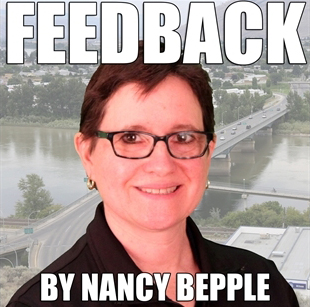
Image Credit: Compilation/Jennifer Stahn
May 15, 2015 - 11:36 AM
We are now in uncharted waters. As a species, we have caused massive changes to the atmosphere. Time will tell of the consequences.
Over the last 100 years, we have burned massive amounts of coal, oil and gas. As a result, we have introduced large quantities of carbon dioxide, or CO2, into the atmosphere. The CO2 acts like a thermal blanket, trapping more of the sun's energy in the Earth's atmosphere. The more CO2, the thicker the blanket.
The last time there was 400 parts per million of CO2 in the atmosphere was over one million years ago. It could even be up to 25 million years. The reason it is difficult to know exactly is how CO2 from that long ago is measured.
Carbon dioxide is captured in ice. By taking ice cores in the Arctic and Antarctic, scientists can directly measure the amount of CO2 up to about a million years ago. There are indirect methods for measuring as long as 25 million years ago.
Whether it is one million or 25 million years, the current situation is the same: grim. There are stronger and more frequent storms. California is the middle of a severe drought. Small island nations in the South Pacific may be the first to disappear. Polar bears may starve to death because of shrinking sea ice. The list goes on and on.
Here in Kamloops, forest fire season is earlier and earlier. I don't recall fire bans as early as we have had this year. People, including me, have had their homes flooded by the severe thunderstorms Kamloops has experienced the last few summers. The glaciers are disappearing and the winter snow packs shrinking. We face a future of a shrinking South Thompson River, which is the city's water supply.
The cow is well out of the barn. The debate now isn't over whether climate change is happening, but what to do about it.
Now, we need to think about minimizing the damages we've done, and reducing the pace of future increases to CO2. Better yet, reducing the amount of CO2.
Every time someone takes a bus, rides a bike or walks instead of driving a car, they help to reduce CO2. Whether it is Bike to Work Week, extending transit hours, and improved sidewalks, all reduce our carbon output as a city.
The City of Kamloops tree coupon program helps fight climate change. Planting a tree means that carbon will be captured as the tree grows, thus reducing CO2.
One area the city could improve in is programs to encourage improvements to houses. Every time someone retrofits a house with energy saving features like on-demand hot water, solar panels or a high efficiency furnace, less CO2 is produced. Many changes require a building permit. There is no incentives given by the city when changes are being done for energy efficiencies. Homeowners pay the full cost of permits. Waiving the permitting fees would be the incentive some homeowners need to do the work.
For new builds as well, there could be an incentive program for contracts who go above the required B.C. building codes.
The CO2 increased because of millions of small actions which when added together have a large effect. Some changes are needed at the federal and provincial level. But the City of Kamloops can be a leader as well in transportation, urban trees and housing.
We got to 400 ppm of CO2 because of millions of small acts, and now we need to look at what Kamloops can do to help get out of the mess.
— Nancy Bepple is a recovering politician and local news junkie. She expects she will never recover from her love of the banjo.
News from © iNFOnews, 2015